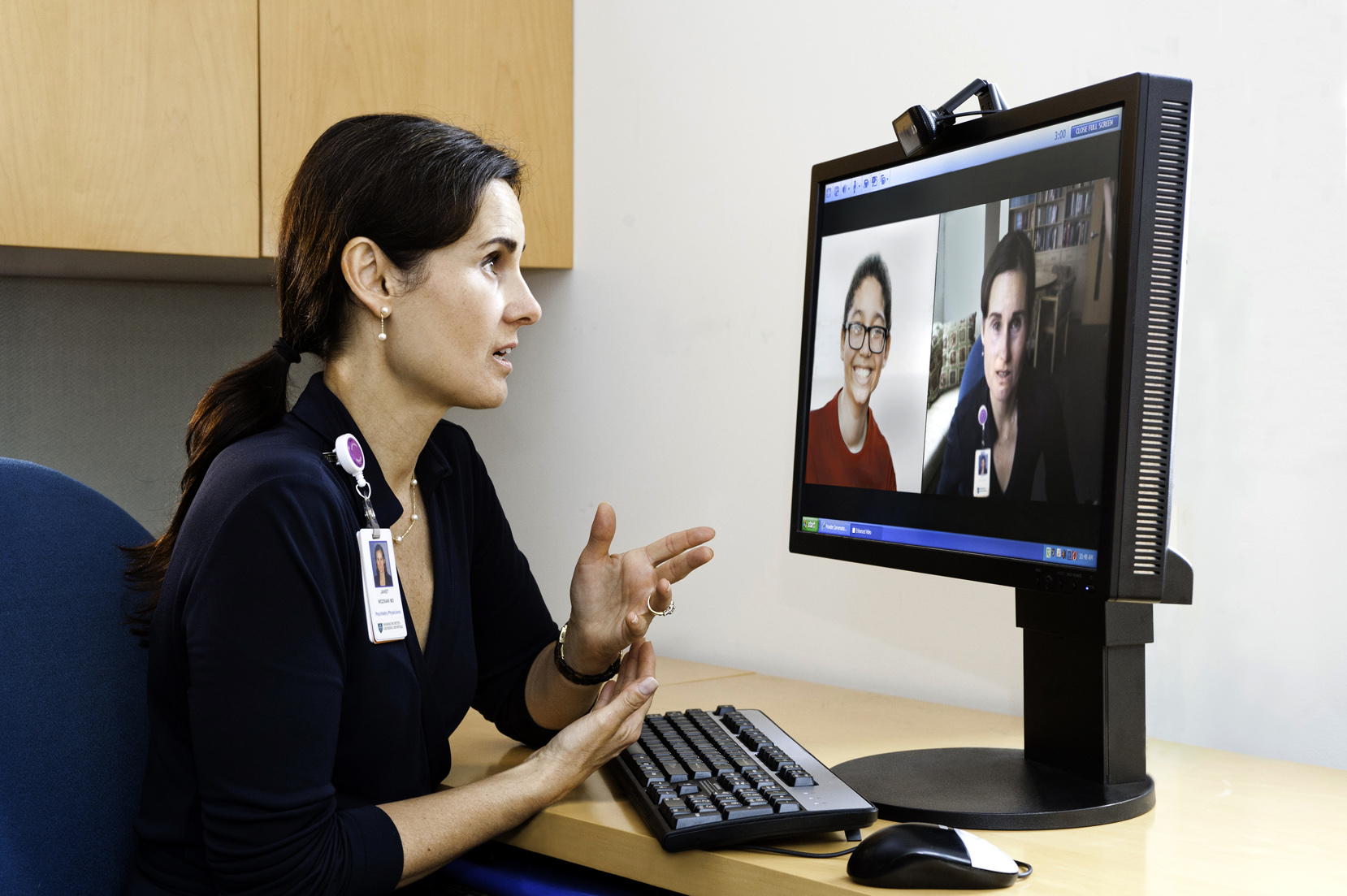Nov 10
2020
Lessons Learned From Telemedicine During COVID-19 and How Organizations Can Scale and Adapt

By Elizabeth Gallagher, CRO, Lineate.
According to survey data from the “2020 Cox Consumer Pulse on COVID-19 and Telehealth,” only 28% of consumers reported their primary care doctor offered remote services before coronavirus. But after the pandemic started, that number quickly grew to 68%, and continues to climb. It’s the old quote “necessity is the mother of invention,” where creative efforts come about to solve a pressing need. The pandemic is the “great accelerator” for transformative change, whether it’s ecommerce, remote work, or telehealth services.
The underlying benefits of expanded telehealth are driving its broader acceptance, a trend that will continue past the pandemic:
- Doctors can see more patients over video compared to in-person. There’s no need for them to move from room to room or potentially between floors of a hospital. They can have more time to meet patients, review treatment options, and present the best care regimens.
- Telehealth can reduce costs for both patients and providers. For example, a telehealth program in Houston dropped ER visits by 6.7 percent, which resulted in more than $2,000 in savings for the system for each incidence. Patients also eliminate commute times and are less likely to need time off work for telehealth appointments.
- Telemedicine improves access to care, which is vital during COVID-19 and provides long-term benefits for disabled patients, rural, and older patients.
- Preventive care is easier through telemedicine, and this type of care can produce better health outcomes.
The Industry Challenges Remain
The first barrier to telehealth was adoption. Would patients embrace remote visits? Would they see the value and results they desired through virtual means? With COVID-19, that barrier has gone by the wayside, as it’s now a necessity, and soon will become a norm.
For healthcare providers, there’s still some roadblocks for widespread telehealth usage. Data security is always a concern, with virtual video calls bringing on fresh worries about HIPAA compliance and information sharing. When a hospital or care center offers a new kind of service, there’s issues about how that fits into the overall IT apparatus. There’s little uniformity in the software structures of these organizations, so there’s a lot of work on the backend that needs to happen to accommodate a new model like telehealth. It’s more involved than launching a Zoom. It requires systems to talk to each other, from EHR platforms to insurance check systems.